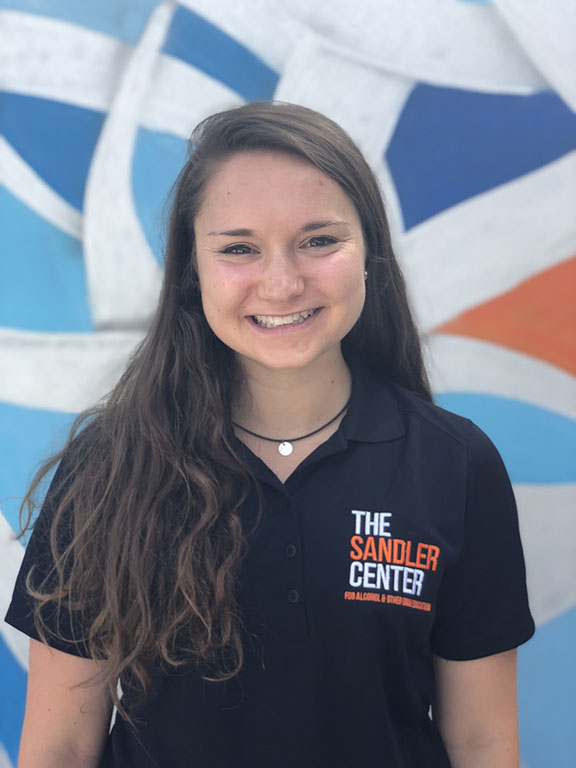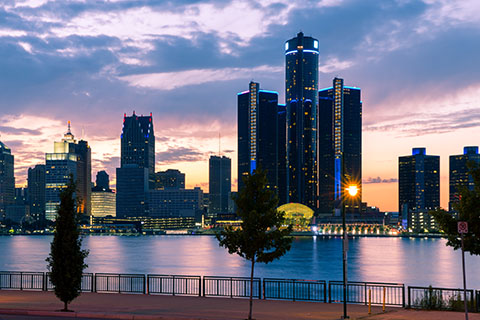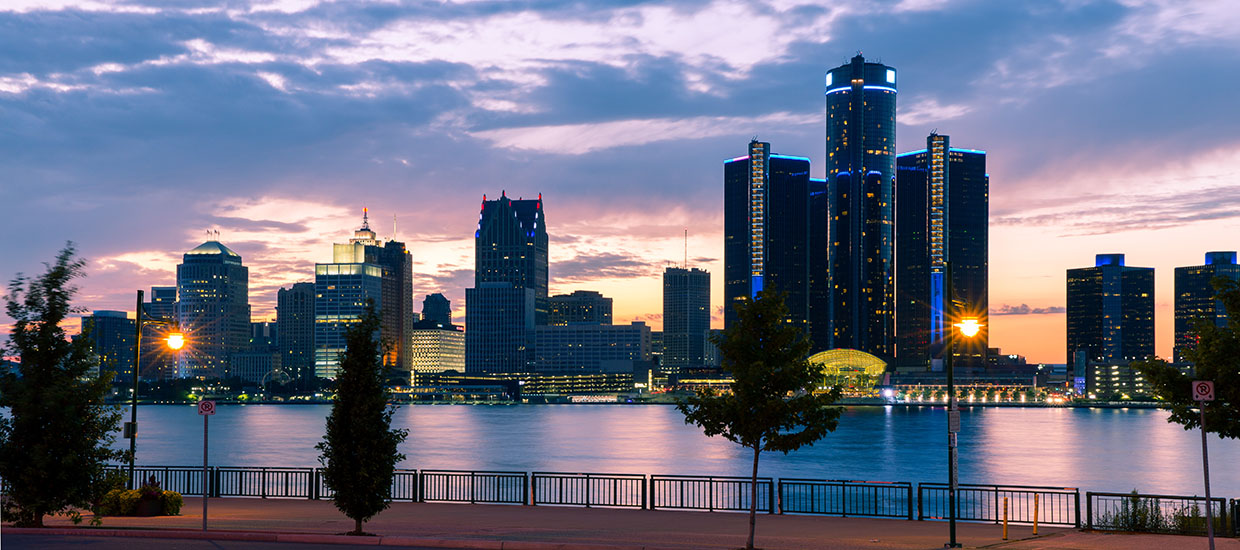By Madison Darish
As a study abroad student 9,500 miles from home in Australia, the COVID-19 pandemic had been on my mind since I left the United States in mid-February. While U.S. officials across the board assured the American public that this issue was soon to be resolved, the increasing travel advisory levels issued by the Centers for Disease Control and Prevention gave me the indication that my study abroad experience would be cut short. Once my program was cancelled and I was told I must return to the United States, I worried as the public outcry over the state-mandated quarantine was already starting to reach fever pitch in my home state of Michigan.
I was expecting different measures upon entering the country as the U.S. media reported that advanced safety measures, including testing, had been put in place at airports. Yet, the stark contrast in my experiences at American and Australian airports were immediately apparent. In Sydney, airport stores were closed, seats were marked off for social distancing, and face masks were worn by passengers and staff alike. However, in Los Angeles, a COVID-19 hotspot at the time, there were no temperature screenings or social distancing enforcement, nor were incoming international travelers required to self-isolation for 14-days. At none of the three U.S. airports that I traveled through on my way home from Australia were employees required to wear face masks. Many employees did not, nor did most airline passengers.
Similar to how I am sure many Americans felt during the first several weeks of the pandemic, the government’s response confused me. There was confusion over testing availability and necessity. There were mixed messages regarding the need to wear face masks in public. I was saddened to see how bipartisan politics and media culture in the United States politicized the COVID-19 pandemic. As I watched Australia slowly start to flatten the curve, I saw how in the U.S. news cycle pandemic responses were used to attack “the other side” which meant that pandemic responses were not informed by a public health approach but skewed toward one’s political perspective and affiliation.
Michigan in particular boasts an interesting dynamic in this area. The majority of the population resides in Southeast Michigan. Outside of the counties that house Detroit and its suburbs, the state is mostly rural and isolated. Further, there are great inequities in wealth and access to healthcare resources in disadvantaged areas of Southeast Michigan. Approximately one-third of Detroit’s population lives in poverty, many with underlying conditions placing them at higher risk of COVID-19 infection and complications. The majority of Detroit’s most vulnerable families are Black. They have limited access to quality employment and public transportation. They live in close proximity to their neighbors in food deserts with poor air and water quality. Extreme poverty often results in power and water service shutdowns. In these conditions, recommendations such as hand washing, and social distancing are sometimes impossible to achieve. Further, many Detroit residents do not own cars and are essential service-industry workers making the public transport options dangerous venues that facilitate the spread of COVID-19.
Over the past 15 years, the Kwame Kilpatrick scandal in which public funds were siphoned off for personal gain as well as the infamous Flint water crisis has led to greater distrust between poor and disadvantaged communities in Michigan and government officials. However this extends ever further back to the redlining of metro-Detroit which created the racially-divided, impoverished city that exists today. Black residents of metro-Detroit were unable to receive housing loans from the government and communities were established near industrial centers with poor air quality. As a result, many in the city suffer from asthma, high blood pressure, and other complications tied to constant exposure to industrial air pollution.
Clear links have been established between pre-existing conditions and the likelihood of COVID-19 complications. Some Michigan residents thought that our governor’s shutdown measures were too drastic compared to other states. Many were specifically outraged that hair salons, schools, and outdoor gardening stores were closed. As Detroit served as the epicenter of the outbreak, statewide stay-at-home orders decreased the traffic between metropolitan and rural areas delaying the devastation the virus caused in Detroit from spreading to other areas of Michigan. Believing that their civil liberties had been infringed upon, many armed citizens began protesting the governor’s shutdown fueling political divisions between the state and federal governments, the former prioritizing public health and safety while the latter privileged individual rights and reopening the economy.
The protests at Michigan’s state capital distracted from the larger issue of the impact of health disparities on poor communities in Michigan. Instead, debates regarding gun control and big government steered the conversation, and the media, away from critical issues such as how lack of access to healthcare, infrastructure, and community support resulted in poverty-stricken communities being hit the hardest by the disease. The crisis was no longer a public health matter, the stage was now set for a showdown between the political ideologies of the left and right with both sides urging the Michigan public to side with them as the November election neared. This should have made evident to the public how fragile and ill-equipped the United States was to handle the COVID-19 pandemic as well as highlighted the vast injustices and barriers to healthcare that many low-income communities face. Instead, as testing in the U.S. remained largely inaccessible to the public and health care providers struggled to obtain PPEs , the media focused its attention on Michigan’s status as a swing state and how the electoral college might be affected by the pandemic response. While one would expect that in an election year politicians would seize the opportunity to rise to the occasion and lead during a global crisis, in Michigan it has emboldened some to gamble with our lives.







